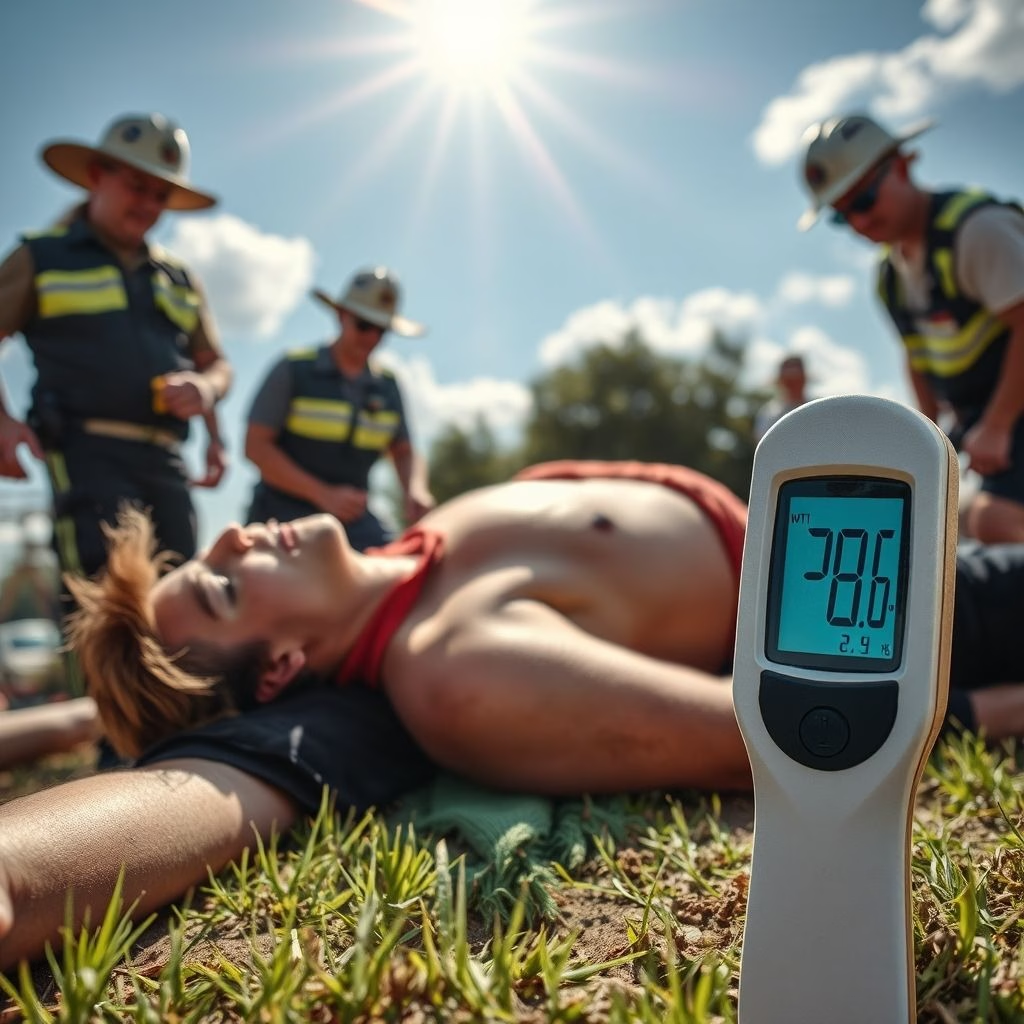Brace Yourself: Understanding the Extreme Heat Warning and Staying Safe

Facing the Heat: What You Need to Know About Extreme Heat Warnings
As temperatures climb and summer’s intensity settles in, it’s crucial to understand the risks associated with extreme heat. The National Weather Service (NWS) issues a critical alert to protect public health: the Extreme Heat Warning. But what exactly does this warning entail, and why is it so important?
Defining the Danger: What Triggers an Extreme Heat Warning?
The core of an Extreme Heat Warning lies in the heat index, a measurement that combines air temperature and humidity to determine how hot it *feels* to the human body. The NWS issues these warnings when the heat index reaches dangerous levels. Specifically, an Extreme Heat Warning is triggered under the following conditions:
- A heat index of at least 105°F (41°C) for more than three hours per day for two consecutive days.
- A heat index exceeding 115°F (46°C).
It’s worth noting that local NWS offices might adjust these criteria based on their specific climates and regional factors. This tailored approach ensures that warnings are relevant and effective for the communities they serve. The thresholds are designed to be a critical indicator of significant health risks.
A Change in Terminology: From Excessive to Extreme
You may remember a different name for this type of warning. Prior to March 2025, the NWS used the term “Excessive Heat Warning.” The name change to “Extreme Heat Warning” came about through public feedback and a desire to better reflect the severity of the potential danger. This shift in terminology underscores the seriousness of these events and the importance of taking them seriously.
The Real Risks: Why Extreme Heat Warnings Matter
Extreme heat isn’t just uncomfortable; it’s a serious health hazard. Prolonged exposure to high temperatures and humidity can lead to a range of heat-related illnesses, from mild heat exhaustion to the life-threatening condition of heat stroke. Dehydration, a common consequence, further exacerbates these risks. The very young, the elderly, and those with underlying health conditions are particularly vulnerable. This makes these warnings a matter of public health and safety.
Athletes and Outdoor Enthusiasts: A Special Note of Caution
For athletes and those who enjoy outdoor activities, Extreme Heat Warnings demand special attention. Rigorous exercise in high heat can quickly lead to heat-related illnesses. It’s crucial to limit strenuous activity during these warnings, stay hydrated by drinking plenty of water and electrolytes, and seek shade whenever possible. If you experience symptoms like dizziness, nausea, or confusion, seek immediate medical attention.
Staying Safe During an Extreme Heat Warning
Protecting yourself and others during an Extreme Heat Warning involves several key steps:
- Stay Informed: Keep an eye on weather forecasts and heed all alerts from the NWS.
- Stay Hydrated: Drink plenty of fluids, even if you don’t feel thirsty.
- Seek Cool Spaces: Spend time in air-conditioned environments like shopping malls, libraries, or cooling centers.
- Pace Yourself: Avoid strenuous activities during the hottest parts of the day.
- Wear Appropriate Clothing: Choose loose-fitting, light-colored clothing.
- Never Leave People or Pets in Parked Cars: Temperatures inside vehicles can rise rapidly to dangerous levels.
- Check on Vulnerable Individuals: Make sure elderly neighbors, young children, and those with health issues are staying cool and safe.
By understanding the criteria behind Extreme Heat Warnings and taking the necessary precautions, you can significantly reduce your risk of heat-related illness and stay safe during periods of extreme heat.
For Further Reading
To learn more about Extreme Heat Warnings and how to stay safe, consult the following resources:
- https://www.weather.gov/safety/heat-ww
- https://www.wpc.ncep.noaa.gov/heatrisk/
- https://en.wikipedia.org/wiki/Extreme_heat_warning



